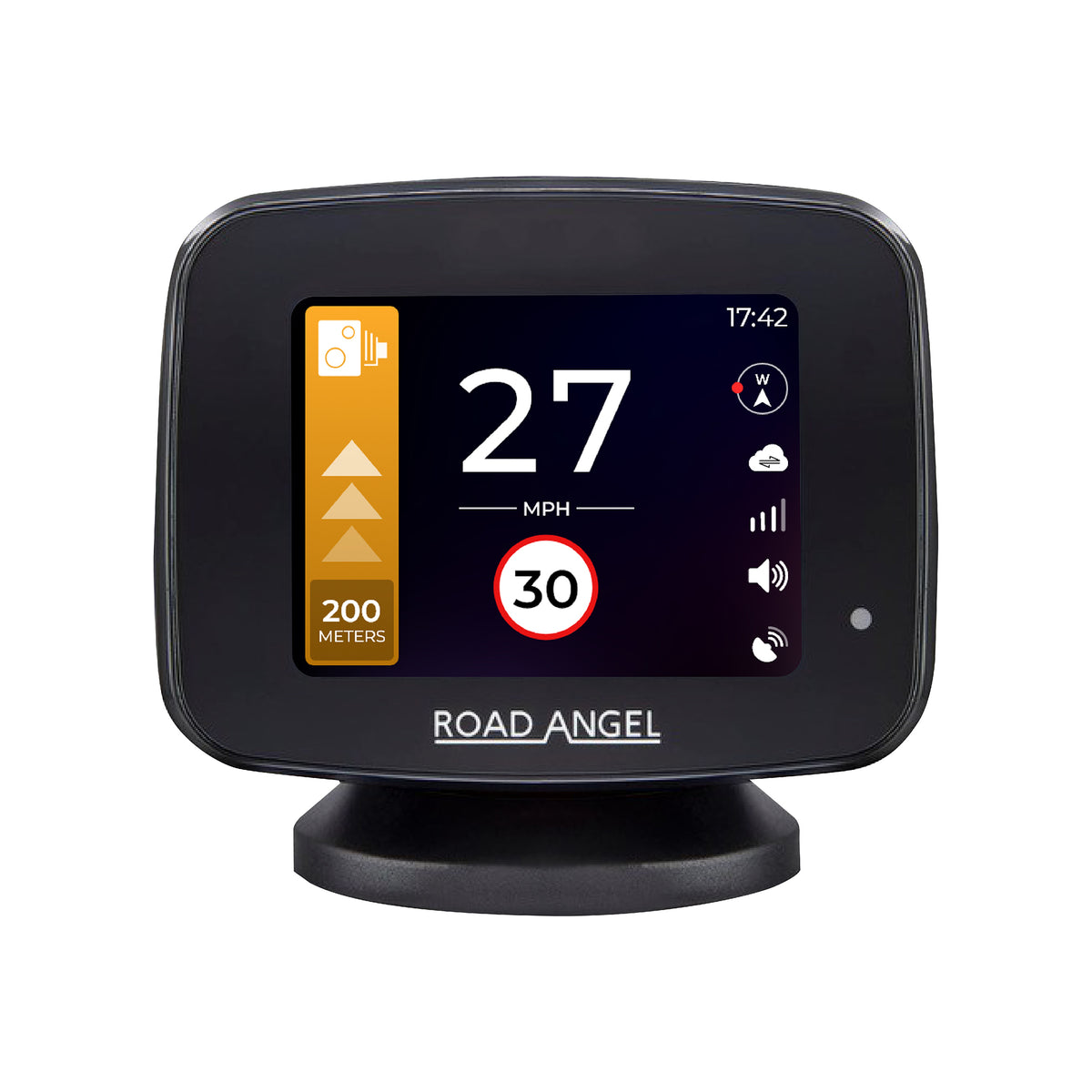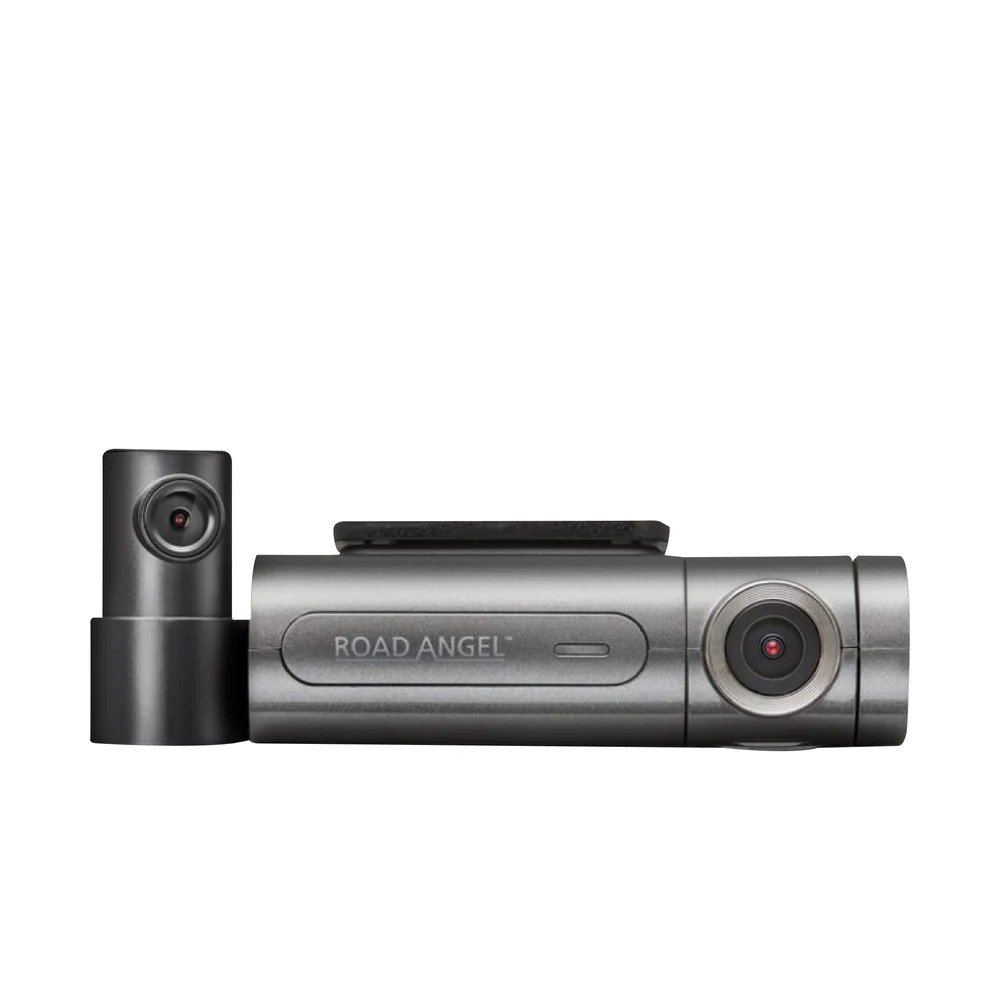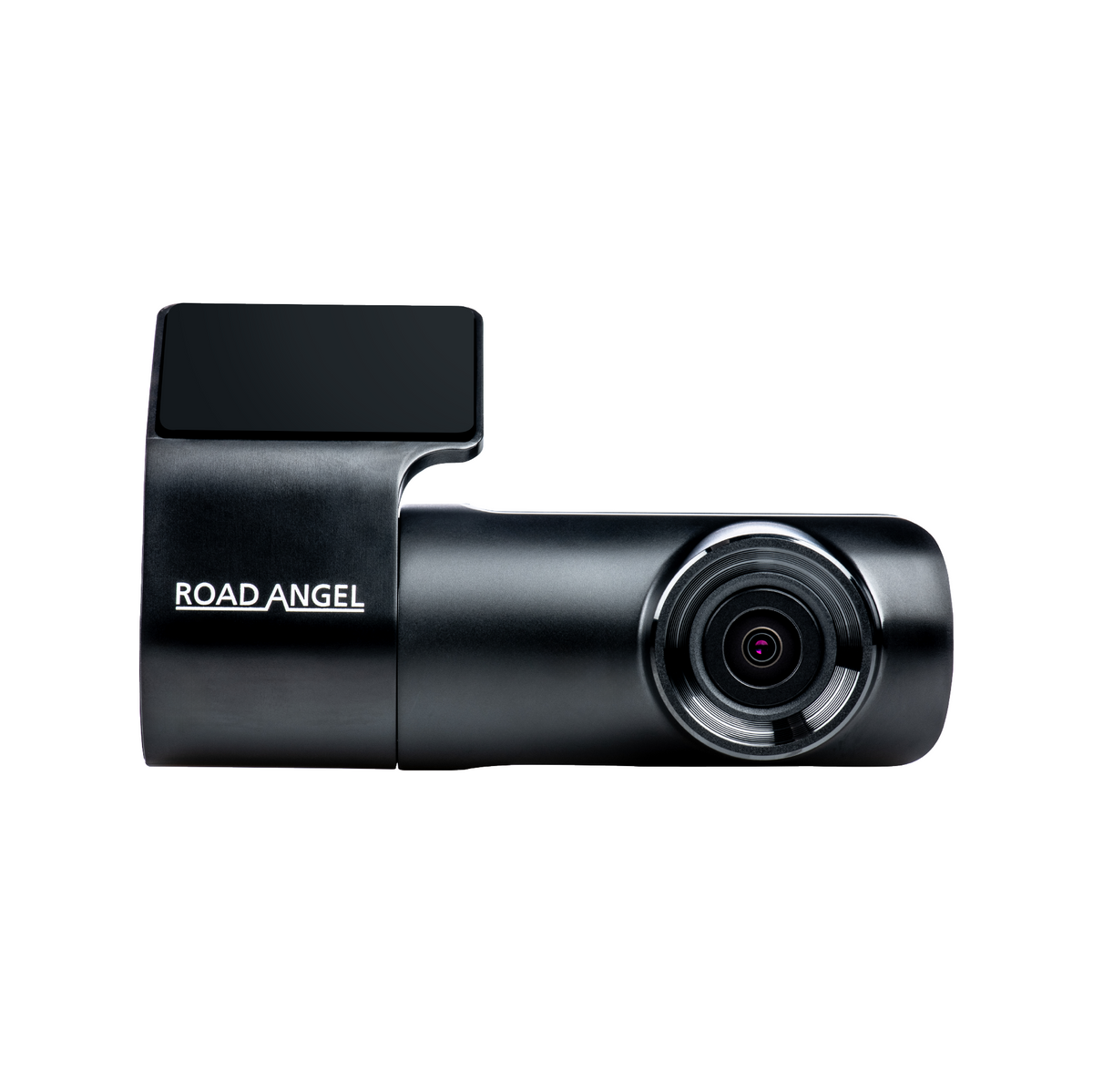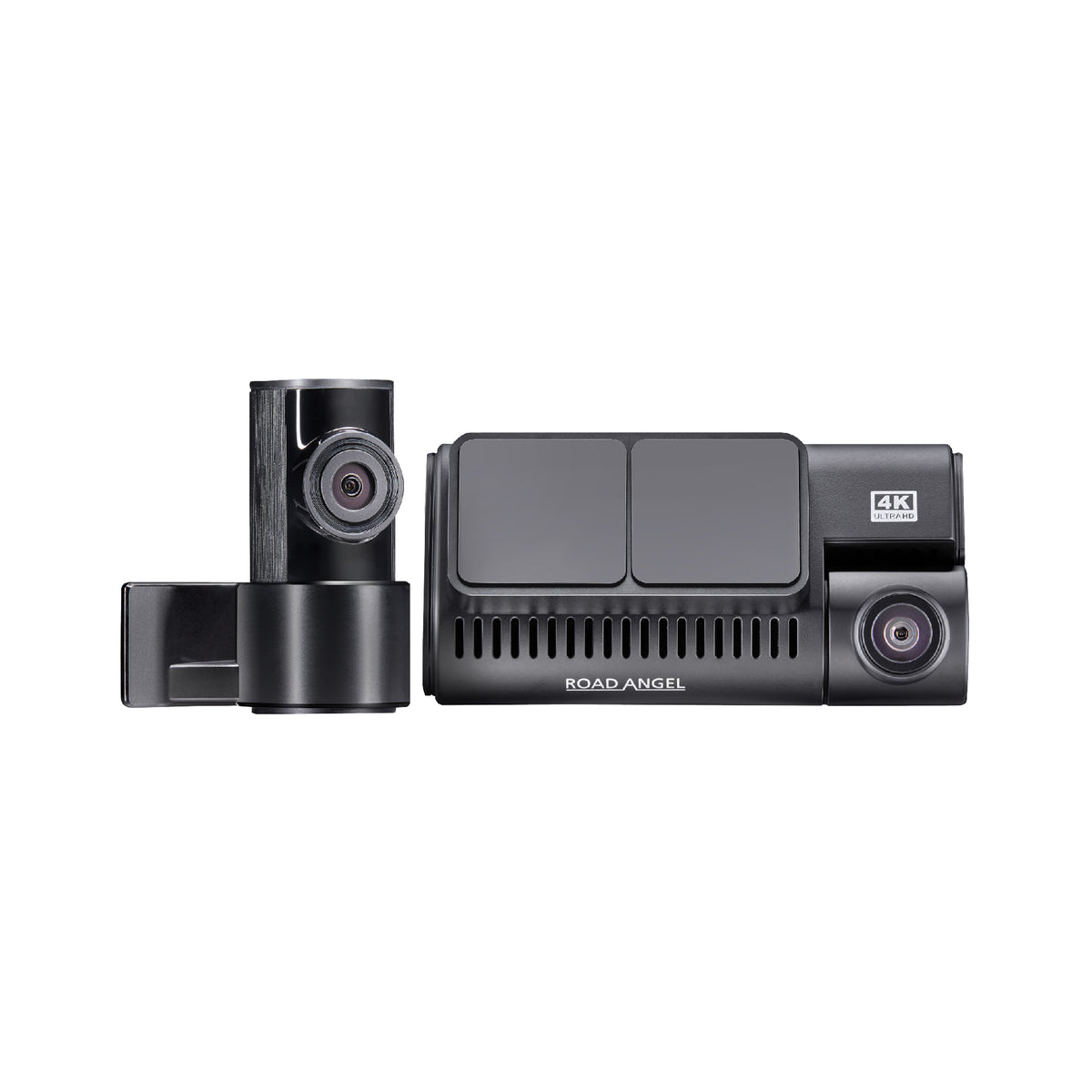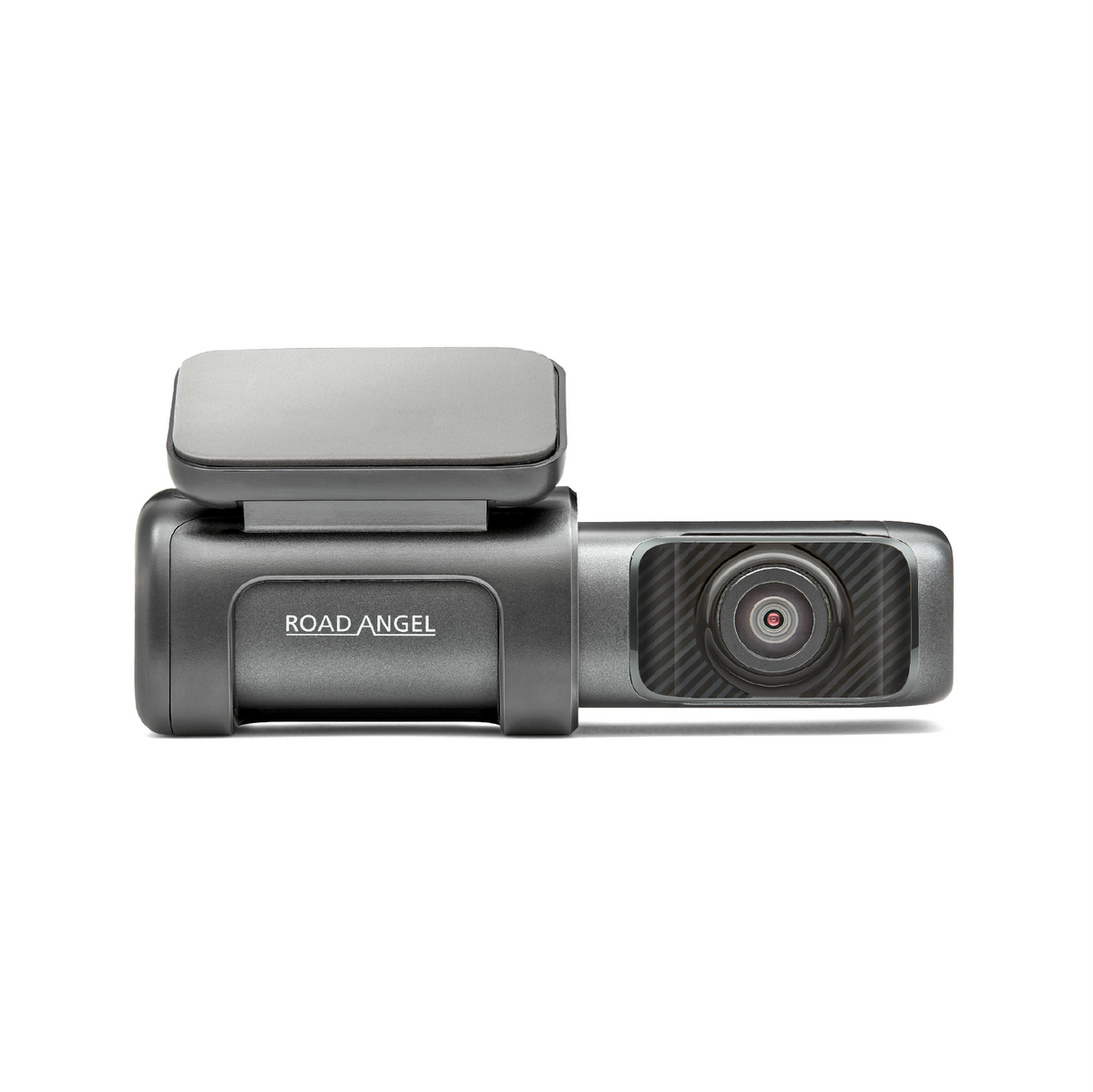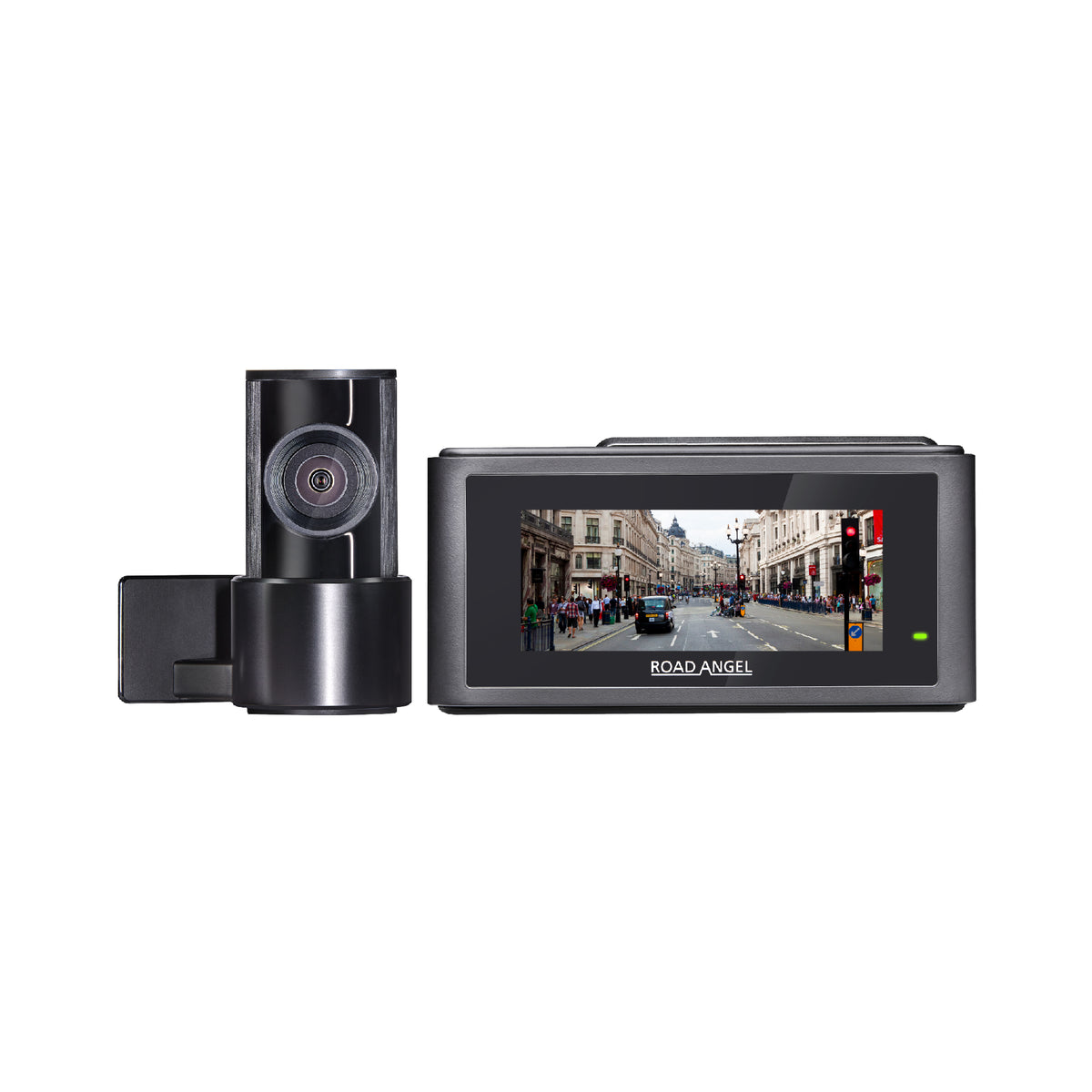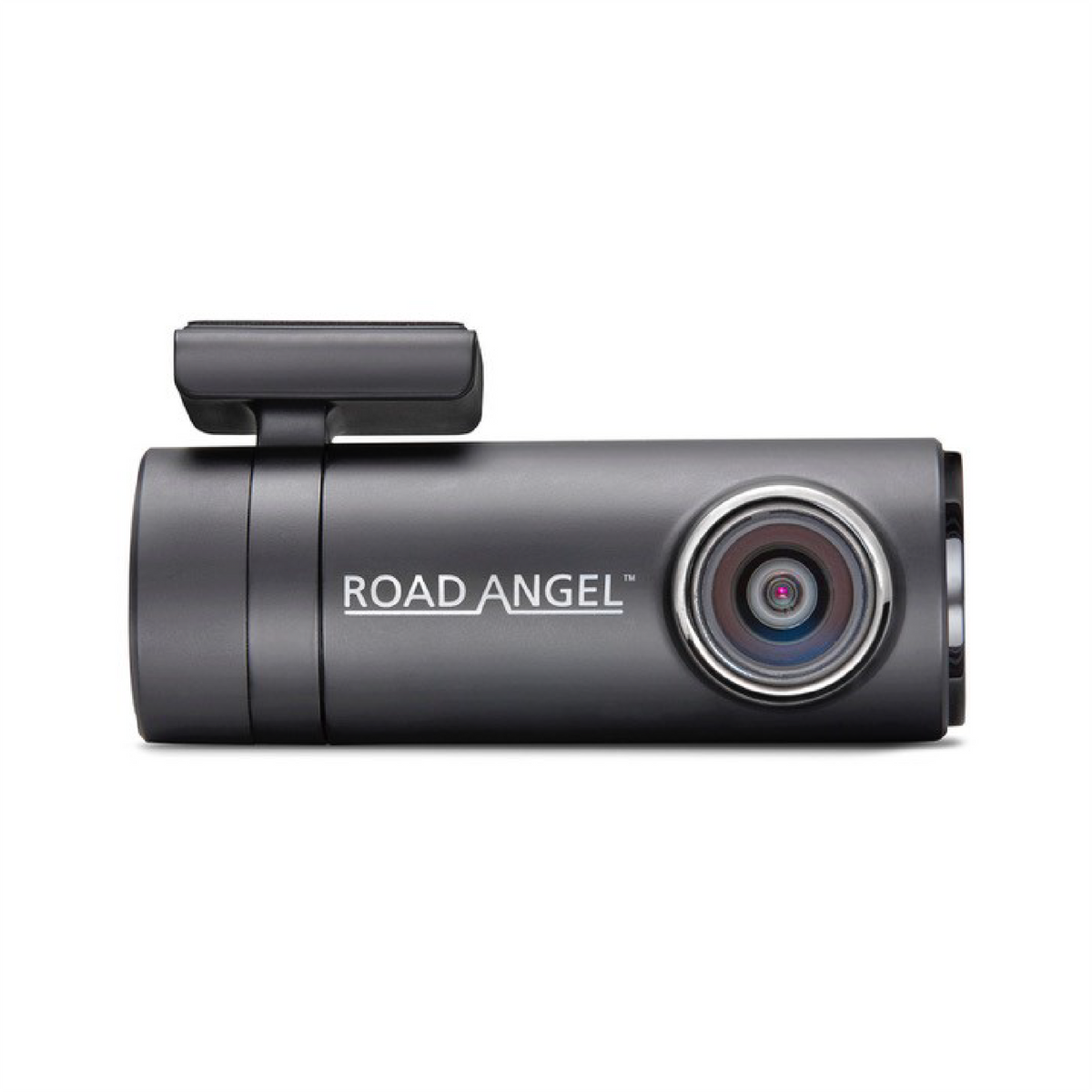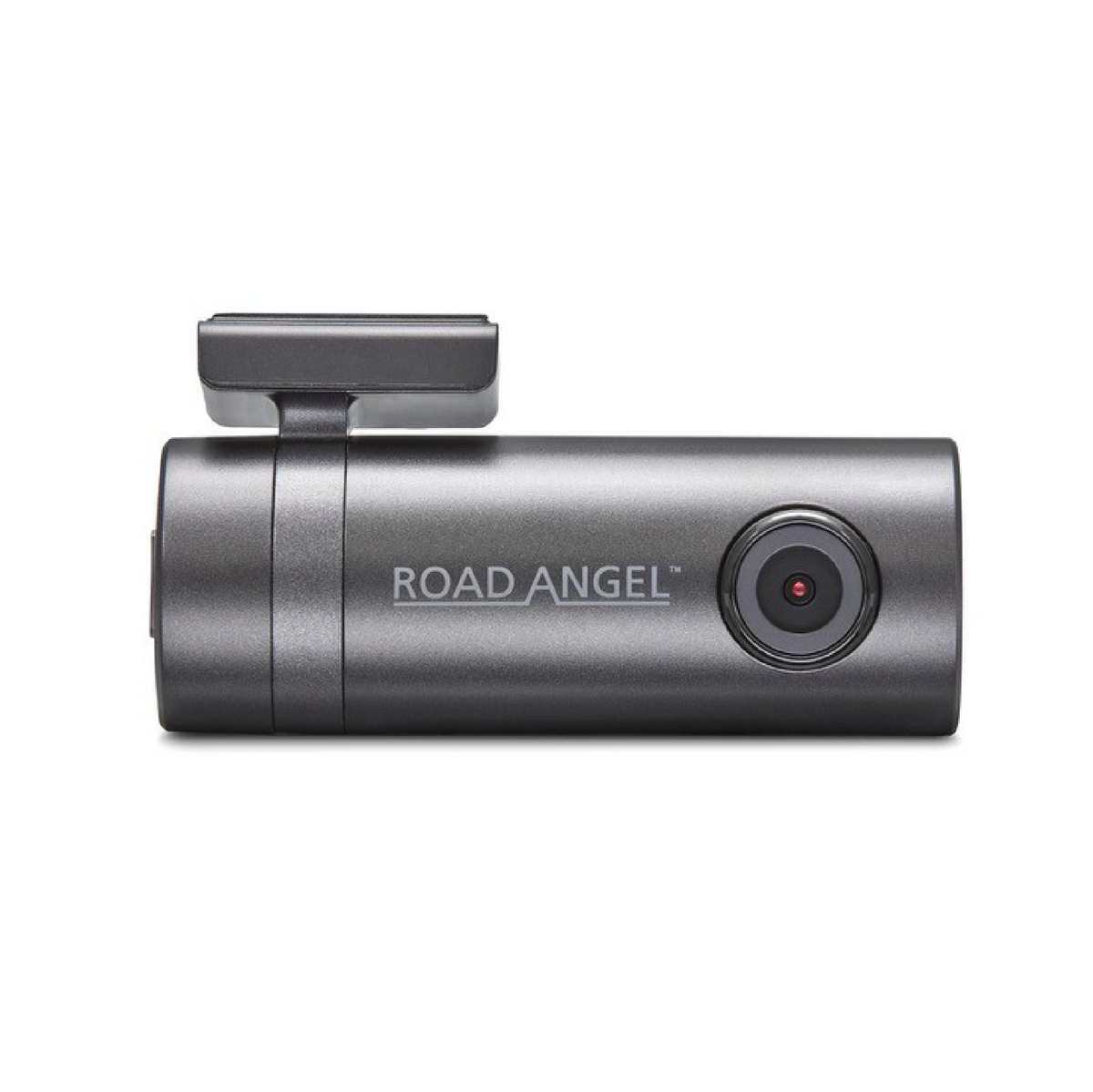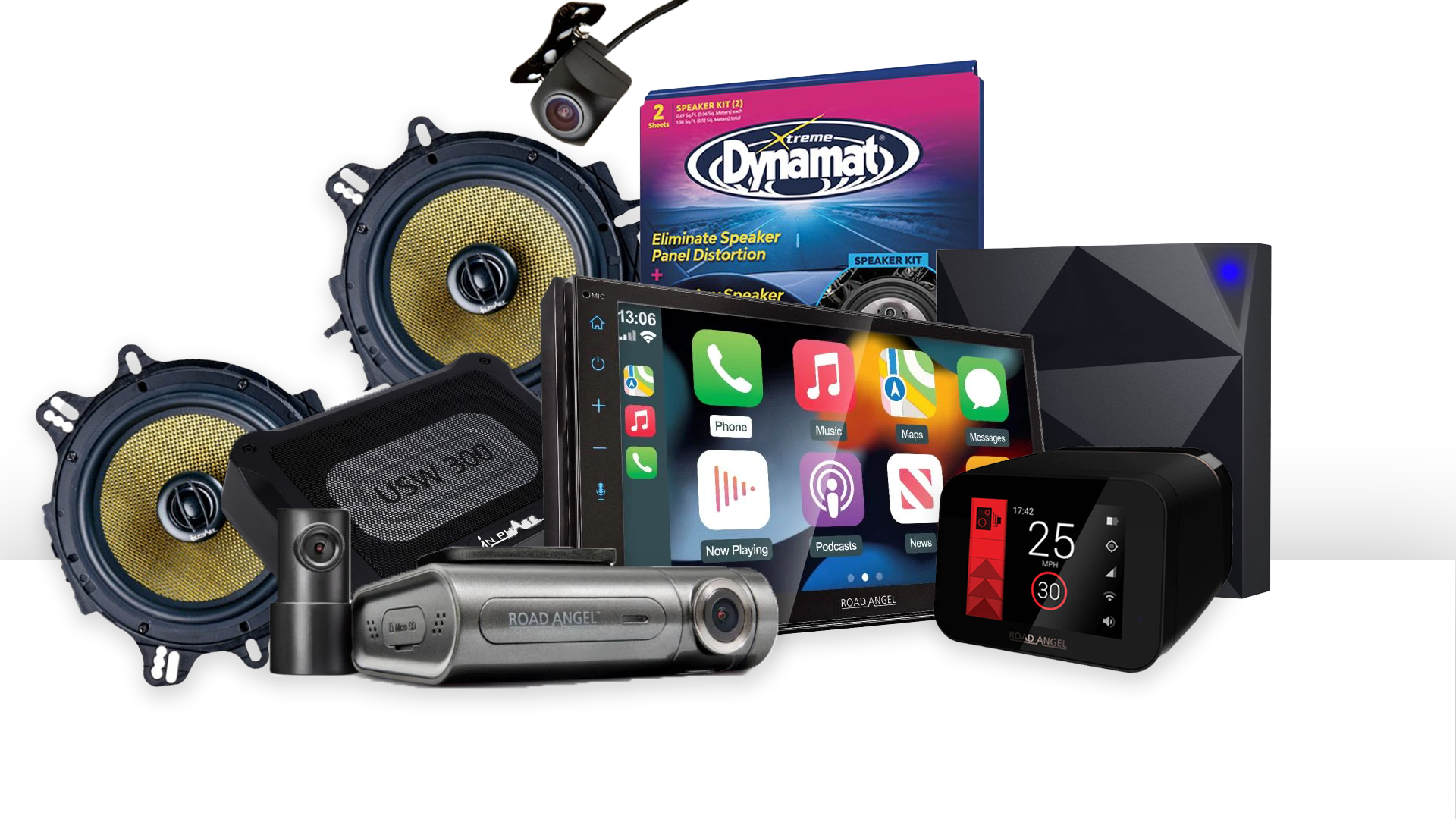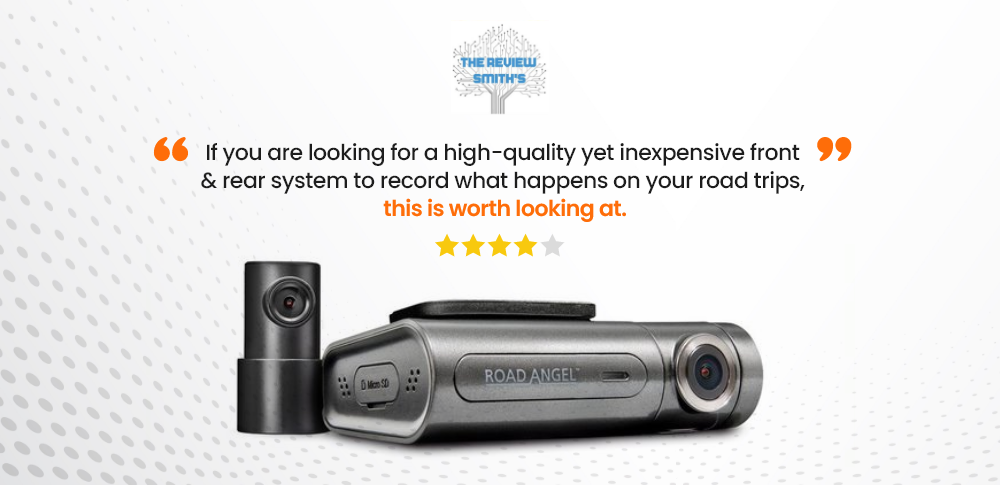Red light cameras have emerged as silent sentinels, diligently monitoring our intersections and holding us accountable for our actions. They stand as unwavering steel guardians, capturing those critical moments when drivers choose to obey or disregard traffic light signals. In this comprehensive guide, we delve into the intricate workings of red light cameras, equipping you with the knowledge necessary to navigate them with confidence - safely.
In the fast-paced world of modern transportation, ensuring road safety is of paramount importance. As we navigate bustling city streets and busy intersections, it becomes increasingly crucial to embrace innovative technologies that help protect both drivers and pedestrians. So, buckle up, get comfy and let’s get into the world of red light cameras.
How Do Red Light Cameras Work?
It’s pretty straight-forward how red light cameras work, really. It simply monitors for those willing to disobey red traffic lights. But, saying that, the process of getting caught by a red light camera is a little bit more complex:
- Detection: Red light cameras are strategically positioned near intersections where traffic signals are present. They use a variety of detection technologies to monitor vehicles and capture potential violations. The most common detection methods include induction loops embedded in the road surface, radar sensors, or advanced imaging systems.
- Activation: When a vehicle approaches an intersection, the red light camera is triggered by the detection system. This activation typically occurs when the vehicle passes over the induction loop or when the radar detects a vehicle crossing the stop line after the traffic signal has turned red.
- Image Capture: Once activated, the red light camera captures a series of images or videos to document the red light violation. These images typically include the number plate of the offending vehicle, as well as contextual details such as the traffic signal and surrounding road conditions.
- Data Verification: After capturing the images, the data collected by the red light camera is carefully reviewed and verified. This process ensures that only valid violations are processed, and any potential errors or false positives are eliminated.
- Penalty Processing: If the violation is confirmed, the registered owner of the vehicle will receive a Notice of Intended Prosecution (NIP) in the mail. The NIP includes details of the offense, photographic evidence, and instructions for paying the penalty or challenging the allegation.
- Penalty Enforcement: In the UK, red light camera violations are typically enforced through the issuance of penalty points on the driver's license and the imposition of a financial penalty. The number of penalty points and the fine amount vary depending on the severity of the offense.
What do Red Light Cameras look like in the UK?
Red light cameras in the UK are designed to be inconspicuous and blend into their surroundings. They are typically mounted on high poles or brackets near intersections. Enclosed in weather-resistant casings, these cameras have a distinctive lens at the front for capturing clear images or videos of vehicles. Some red light cameras may rarely have amber flashing lights to signal their presence, while warning signs near traffic lights can also serve as reminders to drivers – after all red light cameras are there to serve their road safety purpose. The specific design and appearance of red light cameras may vary, but the overall goal is to effectively capture violations while minimising their visibility.

Do Red Light Cameras flash?
In the UK, red light cameras do not typically use a flash when capturing red light violations. Instead, they rely on advanced imaging technologies that can capture clear images or videos of vehicles crossing the intersection during a red light violation, even when the conditions can be considered low-light.
The use of a flash is generally not necessary as red light cameras are designed to capture sufficient evidence without it. However, it's worth noting that specific red light camera models or locations may have variations in their functionality, so it's always advisable to consult local traffic regulations and guidelines for the most accurate information regarding red light cameras in that particular area.
Do all Red Lights have cameras in the UK?
No, in the UK not all red lights have cameras. The presence of red light cameras at intersections can be rare and varies depending on several factors, including the local authorities' decisions, specific road safety needs, the prevalence of red light violations in certain areas, and even the economic and environmental issues in operating them.
Red light cameras are typically installed at intersections where there is a higher risk of violations or where there have been previous incidents or concerns related to red light running. However, it's important to note that the exact locations of red light cameras can change over time as authorities evaluate and prioritise their placement based on traffic patterns, safety data, and other relevant factors – so some red light cameras that weren’t working the previous week may be switched on!
It's always advisable to adhere to the traffic lights at all intersections, whether or not there is a visible red light camera, to ensure road safety and compliance with traffic laws.
Are Red Light Cameras also Speed Cameras?
Red light cameras and speed cameras are two completely different types of cameras, although some cameras can serve both purposes simultaneously.
Typically, red light cameras focus on capturing traffic light violations related to drivers running red lights, whereas speed cameras are specifically designed to detect and record vehicles exceeding the posted speed limits, either fixed position or as mobile speed camera vans.
Although separately these cameras employ different technologies and have different, specific functionalities tailored to their respective purposes, it's also worth noting that there are some cameras that can perform dual functions, meaning they can detect both red light violations and speeding offenses. These cameras are often referred to as "combined cameras" or "speed and red light cameras".
It's essential to follow both the posted speed limits and adhere to traffic signals to avoid violations captured by red light cameras, speed cameras or combined cameras.

Do you get points for Red Light Camera violations?
In the UK, the number of penalty points you can receive for a red light camera violation depends on the specific offense and the circumstances surrounding it. Generally, a red light camera violation can result in three penalty points being added to your driving record.
With that being said, it's important to note that the amount of penalty points may be increased at the discretion of the local authorities within the area of the red light violation in the UK, if deemed serious enough.
Additionally, you will receive a mandatory fine of at least £100, however, if the fine is paid within a specific timeframe (usually within 14 days), a reduced penalty amount of £50 may be offered as an incentive for early payment.
Furthermore, (yes this is a biggie!) accumulating penalty points can have implications for your driving privileges. If you reach a certain threshold of penalty points within a specific timeframe, you may face additional consequences such as a driving disqualification or the requirement to take further tests, such as an extended driving test.
Can you contest or dispute a Red Light Camera ticket?
Yes, of course - you can contest a red light camera violation in the UK if you believe there has been an error, or if you have a valid defense. Contesting a red light camera violation typically involves following the specified procedures outlined in the Notice of Intended Prosecution (NIP) that you receive – similar to a mobile speed camera ticket.
To contest a red light camera violation, you may need to provide evidence or arguments that challenge the accuracy or validity of the allegation. This can include gathering supporting documentation, such as witness statements, CCTV footage, or any other relevant evidence that can demonstrate your innocence or cast reasonable doubt on the accuracy of the violation.
The exact process for contesting a red light camera violation can vary depending on the issuing authority and the region, but the NIP will typically provide information on how to contest the allegation, including the contact information for the relevant authority and the deadline for responding. It's crucial to adhere to the given timeframe and follow the provided instructions carefully.
If you wish to contest a red light camera violation, it's advisable to seek legal advice or consult resources specific to your jurisdiction to ensure you understand the requirements and procedures involved.
Does Waze show Red Light Cameras?
At the time of publishing this article, Waze does not show red light cameras, but does show fixed speed cameras, and sometimes shows mobile speed cameras – IF – they’re reported on the app by other users. The only way you can accurately find red light camera locations is by purchasing a speed camera detector, such as one of our own products from our Speed Camera Detector range, Pure.





